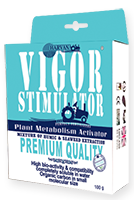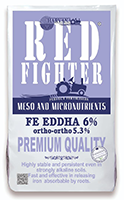what is a soil medium
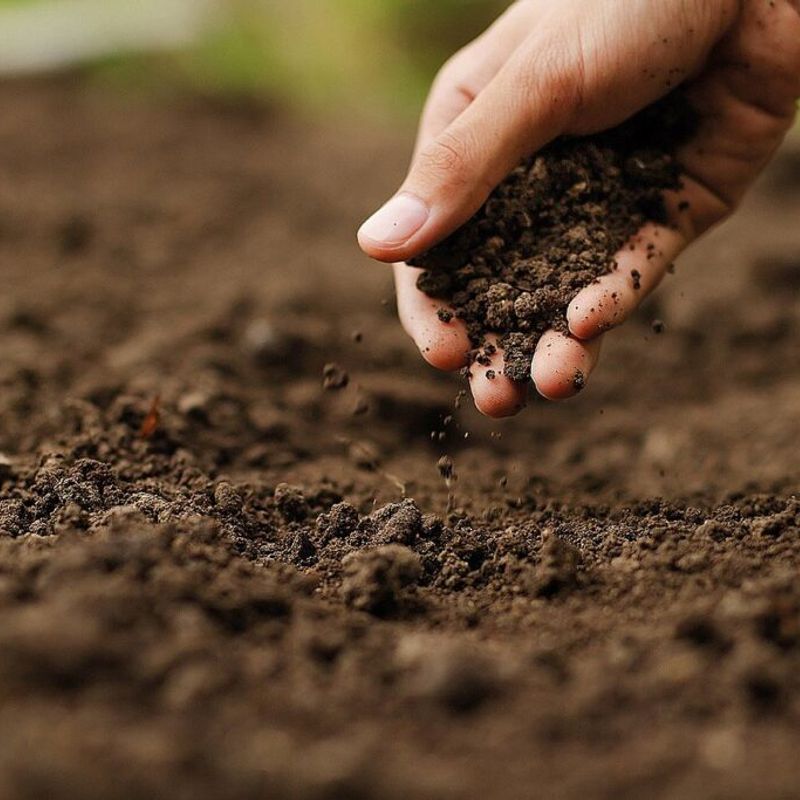
What is the Culture Substrate
A culture substrate refers to a natural or artificial soil substance that acts as a medium for plant growth. It includes various soil components such as minerals, organic matter, water, air, and microorganisms that provide essential nutrients for root establishment. A culture substrate is soil or a soil-like material for plants grow. A culture substrate, also known as a growth substrate, is a soil or a soil-like material specifically designed to support the growth of plants by providing the nutrients and environmental conditions necessary for their growth
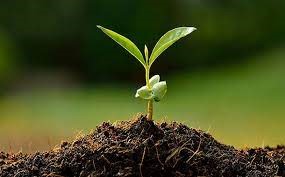
Types of Culture Cubstrates
Natural culture substrates
Loam: A balanced mix of sand, silt, and clay is ideal for most plants due to its good drainage and nutrients retention. loam is a type of soil that is typically characterized by about 40% sand, 40% silt, and 20% clay. This combination makes natural loam one of the most fertile and desirable soils for plant growth
Sandy soil: Sandy soil is a type of soil that is composed primarily of sand particles, usually more than 50% sand. The sand particles in sandy soil are significantly larger than those in silty or clay soils. Sandy soil drains well because the large sand particles create large spaces that allow water to pass through quickly and air to circulate easily, which creates good aeration. However, this also causes sandy soil to dry out quickly and hold fewer nutrients, as nutrients tend to leach into the soil. The texture of sandy soil is loose and friable, but it is more susceptible to erosion due to its less cohesive structure
Clay soil: Clay soil is a type of soil that is dominated by wonderful mineral particles, less than 0.002 mm in diameter. The fine particles in clay soil give it a soft, smooth texture, enabling it to retain water and nutrients effectively. Clay soil is nutrient-rich and fertile because of its ability to hold water and organic matter. However, its compact nature can create challenges for root penetration and drainage, making it prone to waterlogging and difficult to work with in wet conditions. It holds water but drains poorly
Silt soil: Silt soil is a type of soil composed of fine particles that are larger than clay but smaller than sand, typically ranging in diameter from 0.002 mm to 0.05 mm. This type of soil plays an important role in agriculture and horticulture due to its unique properties related to water retention, nutrients availability, and fertility. Silt soil maintains a balanced water regime and prevents waterlogging by retaining sufficient moisture for plants while allowing for proper drainage of excess water. Silt holds nutrients tightly and provides a rich environment for crop growth
Peat soil: Peat soil is a type of soil composed primarily of partially decomposed organic matter, primarily plant material, that has accumulated under waterlogged, oxygen-deficient, and highly acidic conditions. It has an exceptional capacity to retain water, resulting in a waterlogged, spongy soil texture
Water: In hydroponics, it is used as a substrate to provide moisture and nutrients in solution
Pine bark: Pine bark mulch, often used as a mulch, has several benefits that enhances soil and plant health. It is a natural, organic material that decomposes slowly, enriching the soil with organic matter, improving soil structure, water retention, and overall fertility. It helps regulate soil acidity by naturally lowering pH, which is beneficial for many plants that prefer slightly acidic conditions. Pine bark mulch has coarser particles that help retain moisture, provide good drainage, and aerate the soil, preventing compaction, and promoting root health
Coconut fiber: The fiber can absorb and retain a significant amount of water, making it useful as a soil-free growing substrate in horticulture and agriculture
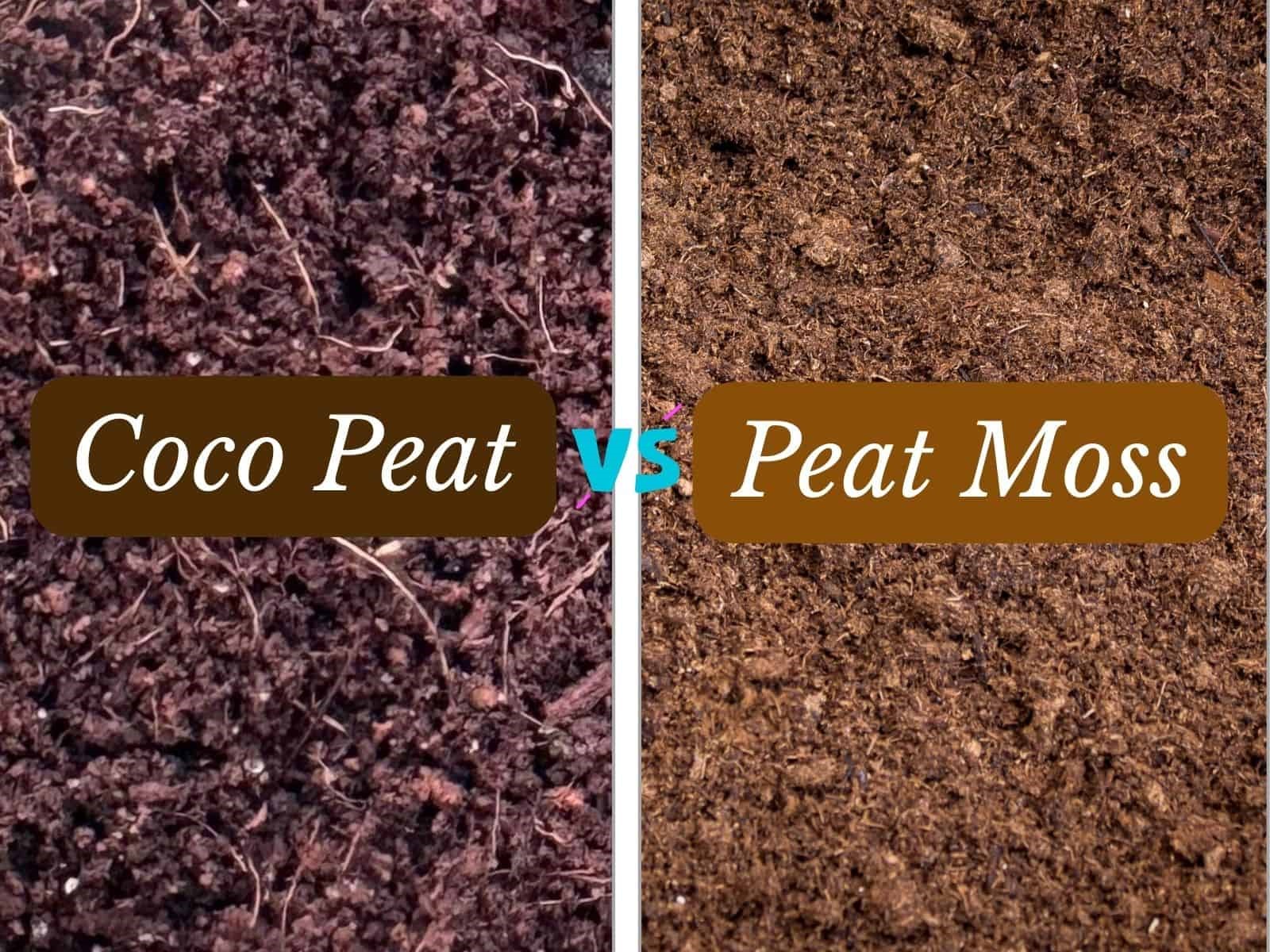
Soilless substrate (artificial mixtures)
Peat moss: Peat moss is valuable for its ability to improve soil structure, promote aeration, retain water, and absorb nutrients for plants
Perlite: Mixed with soil, it improves aeration, drainage, and water retention, promotes root growth, prevents soil compaction, and protects roots from temperature extremes. It acts as a propagation substrate on its own
Vermiculite: Vermiculite is another common soil amendment because it retains water and nutrients much better, making it ideal for moisture-loving plants
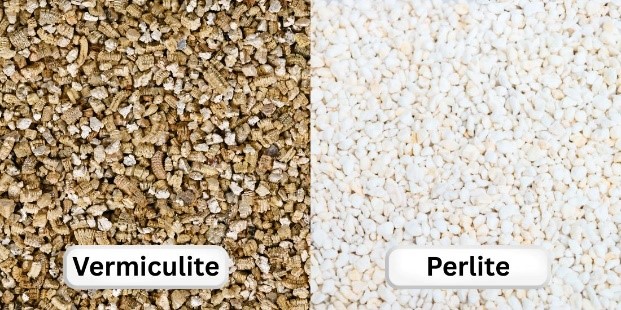
Modified and processed substrates
Compost: Compost is a nutrient-rich mixture of decomposed organic matter commonly used as plant fertilizer and soil conditioner. It improves the soil’s physical, chemical, and biological properties, enriching it with beneficial nutrients and organisms that promote healthy plant growth. Composting recycles organic waste such as plant debris, food scraps, and manure into humus, enhancing soil fertility and reducing dependence on chemical fertilizers
Biochar: Biochar increases soil aeration, water retention, and nutrient holding capacity. It can reduce soil acidity, greenhouse gas emissions from soil, and nutrients leaching while potentially enhancing soil fertility and crop productivity. However, improper use or excessive application can negatively impact soil biota and salinity levels
vermicast: Contains water-soluble nutrients that are readily available for plant uptake. Improves soil structure, moisture retention and nutrient availability. Increases aeration, water retention and microbial activity, thereby improving soil health and structure
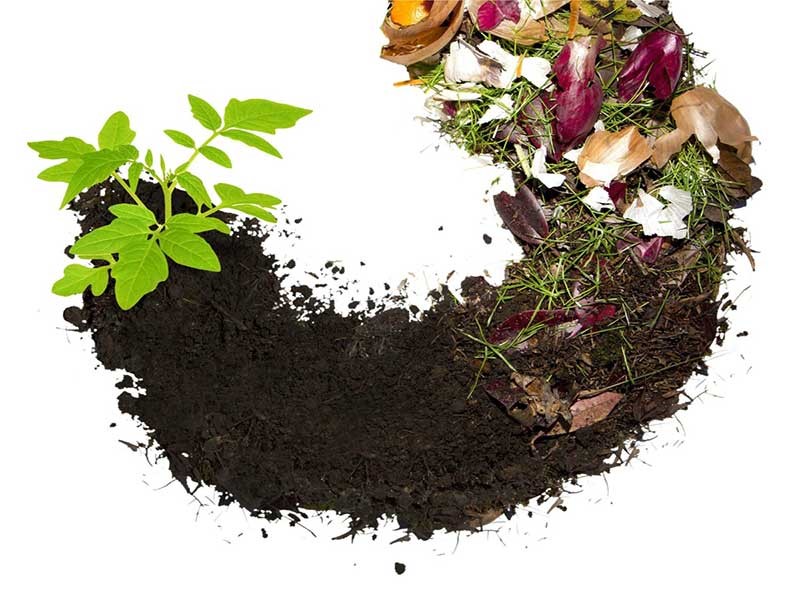
Classification based on chemical properties
Chemically neutral substrates: These provide structure support but do not provide nutrients. Nutrients must be added separately. Examples include perlite, sand, and gravel
Chemically active substrates: These not only support the plants, but also provide or retain nutrients and release them when needed. Examples include peat, compost and specific organic mixtures
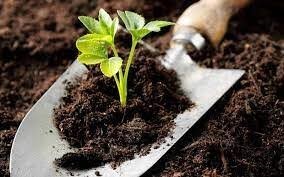
Classification Based on Material source
Organic substrates: Derived from natural or synthetic organic materials. Examples include peat moss, compost, coconut fiber, pine bark, and sawdust
Mineral substrates: are derived from mineral resources. For example: sand, gravel, perlite, clay, volcanic rock
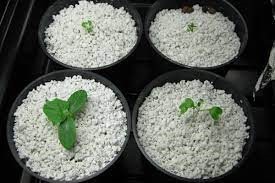
Soil types Based on Texture (Agricultural Classification)
Clay soil: Clay's high absorption capacity helps improve soil moisture retention, especially beneficial in dry areas. It also retains nutrients better than many other soil types because of its higher cation exchange capacity, allowing the soil to hold nutrients for longer before being washed away
Silt: It maintains balance by retaining moisture for longer periods of time, thereby helping plants stay hydrated, while still providing adequate drainage to prevent waterlogging
Peat: Spongy, high-water retention, acidic, good aeration, low in pathogens, and used in seed starting
Soil media are selected based on the specific needs of the plant species, desired drainage, aeration, nutrient content, and pH preferences. Mixing different media allows growers to tailor the growing environment for optimal plant health and productivity
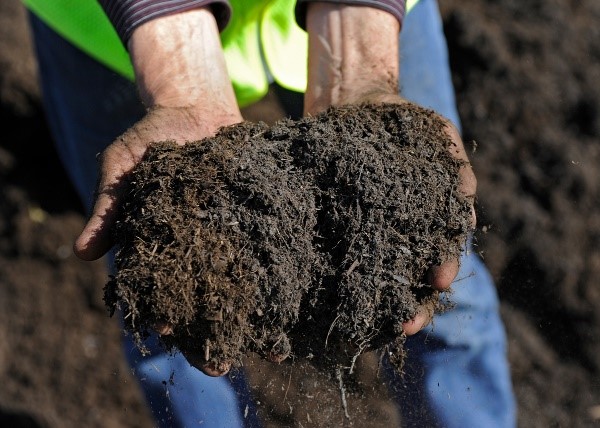
The Main Difference Between Conventional (Soil) and Hydroponic Cultivation Substrates
Their main differences are in the growth environment, nutrients delivery, water consumption, and environmental control
Growing substrate
Conventional cultivation: Uses soil as the primary substrate, providing nutrients and microbial activity
Hydroponic cultivation: Does not use soil. Plants are grown in inert media such as perlite, rockwool, coco peat or directly in nutrients-rich water
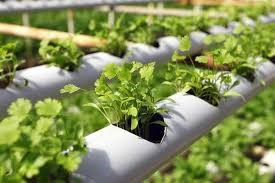
Nutrients supply
Conventional cultivation: Plants extract nutrients from the soil, which may require fertilizer (organic or synthetic)
Hydroponic cultivation: Nutrients are dissolved in water and delivered directly to the roots, allowing for precise control of nutrients balance
Water consumption
Conventional farming: More water is lost due to evaporation, runoff, and deep infiltration
Hydroponic farming: Uses up to 90% less water due to circulation systems and reduced waste
Growth Rate and Yield
Conventional Cultivation: Slower growth due to variable soil conditions and competition for nutrients
Hydroponic Cultivation: Faster growth (up to 30-50% faster) due to optimal nutrients uptake and oxygen availability
Space and location flexibility
Conventional cultivation: It requires fertile land and is sensitive to soil quality
Hydroponic cultivation: can be grown indoors, vertically or in urban environments (greenhouses, warehouses, etc.)
Pests and Diseases
Conventional cultivation: More susceptible to soil-borne pests, fungi, and weeds
Hydroponic cultivation: Fewer soil-related diseases, but they require precise pH and sterilization to prevent waterborne pathogens
Environmental Impact
Conventional farming: It Can lead to soil degradation, fertilizer runoff, and higher water consumption
Hydroponic farming: More sustainable in water use, but relies on electricity for pumps and artificial lighting indoors
Cost and maintenance
Conventional cultivation: Lower initial costs but may require more labor (weeding, tilling, etc.)
Hydroponic cultivation: Has higher start-up costs (equipment, nutrients, monitoring systems)
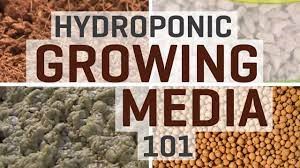
Product suitability
Conventional cultivation: Suitable for most crops, especially plants with large roots (e.g., trees, corn)
Hydroponic cultivation: Best option for leafy vegetables (lettuce, herbs), tomatoes, cucumbers, and strawberries
Hydroponics therefore offers faster growth, higher yields, and increased productivity, but requires more technical knowledge and investment
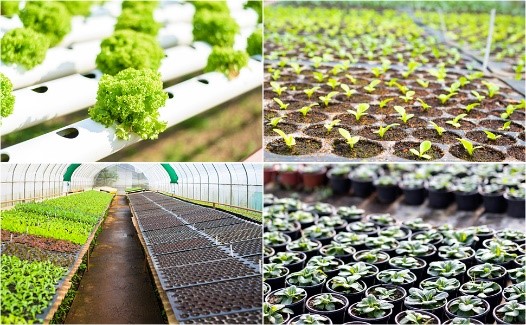
Common Types of Cultivation Substrate Diseases
Diseases in soil-based growing substrate (common): Soil-borne diseases are often caused by fungi, bacteria, nematodes, and viruses that grow in organic matter
Fungal diseases: Root rot causes brown, soft roots and stunted growth. Fusarium wilt blocks water transport and causes yellowing and wilting. Verticillium wilt, similar to Fusarium, affects tomatoes, potatoes, and strawberries
Bacterial diseases: These bacterial diseases are often introduced and spread through contaminated growing media, irrigation water, infected seeds or seedlings, and their management relies heavily on prevention, sanitation, and agronomic practices, along with chemical treatments when necessary
Nematode infection: Root knot nematodes cause galls on roots and reduce nutrient uptake
Viral diseases: Tobacco mosaic virus (TMV) - causes spotted leaves in tomatoes and peppers. Tomato spotted wilt virus (TSWV) is spread by thrips, resulting in leaf spots and stunted growth
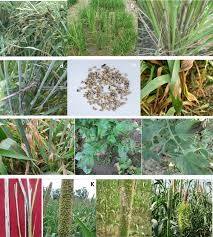
Diseases in Hydroponic Environments
Hydroponic systems are immune to soil-borne diseases, but can suffer from waterborne pathogens and poor oxygenation issues
Fungal and Oomycete Diseases: Pythium root rot the "hydroponic killer" causes slimy, brown roots due to poor oxygenation
Fusarium: Fusarium species are important pathogens that cause a variety of plant diseases, including wilt, root rot, and seedling blight. They produce spores that can be spread through air, water, and contaminated plant material. Some species also produce mycotoxins that are harmful to plants, animals, and humans
Bacterial Diseases: Bacterial soft rot is common in stagnant water systems. Crown gall is rare in hydroponics but is possible through infected cuttings
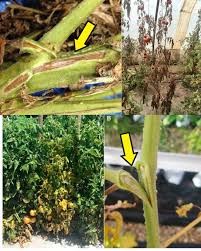
Disease prevention in growing media: Preventing diseases in growing substrates, whether soil-based (conventional) or soilless (hydroponics / aquaponics), requires a combination of sanitation, environmental control, biological agents, and good agricultural practices
Soil Sanitation and Preparation
Solarization: Cover moist soil with clear plastic for 4-6 weeks to use solar heat to kill pathogens
Steam sterilization: Effective for small-scale beds (kills fungi, nematodes, and weed seeds)
Crop rotation: Rotate crops to break the pests / diseases cycle (for example, avoid planting tomatoes after potatoes). Use trap crops (such as marigolds for nematodes) or intercropping to reduce pathogen spread
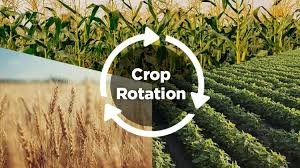
Proper irrigation and drainage: Proper irrigation and drainage of soil substrates involve careful water management to ensure that plants receive adequate moisture without waterlogging the soil
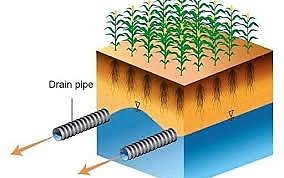
Biological and Organic controls
Beneficial microorganisms: Use Trichoderma, Bacillus subtilis, or mycorrhiza to suppress pathogens
Mulching and weed control: Mulching is a weed control method that involves covering the soil around plants with a layer of organic or inorganic material, such as straw, wood chips, leaves, or plastic sheeting. This covering suppresses weed growth by blocking the sunlight that weeds need to germinate and grow
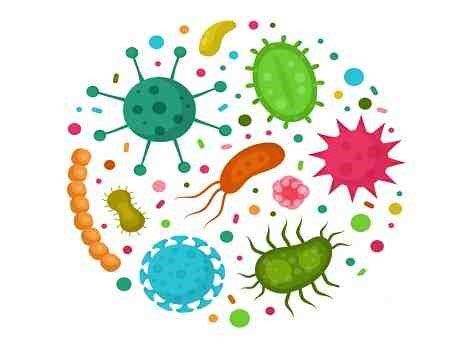
Diseases prevention in hydroponic/aquaponic growing substrates: Sterilization and system sanitation: Disinfect between cycles with hydrogen peroxide (H2O2), diluted bleach solution, or UV sterilization. Clean tanks, pipes, and grow trays to prevent biofilm buildup
Water quality management: Maintain adequate oxygenation (air stones, venturi pumps) to prevent pythium root rot. Use reverse osmosis (RO) water if the source water is contaminated
Pathogen-free start: Use sterile growing substrates (e.g. rockwool, cocopeat). Disinfect cuttings with a diluted bleach solution
Environmental Control: Maintain appropriate temperatures (most pathogens thrive above 75°F / 24°C). Reduce humidity (if indoors) to prevent mold. Use UV or ozone treatment for circulating water systems
Regular Monitoring and Early Detection: Check roots weekly for browning/thinning (signs of rot). Remove infected plants immediately
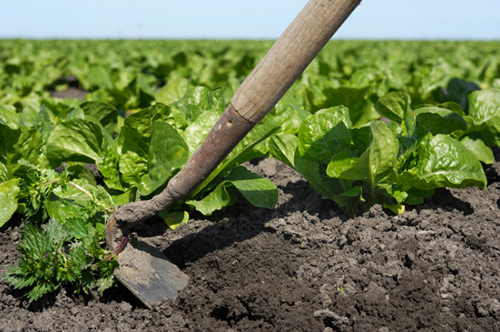
Conclusion
In general soil or growing substrates are essential for providing plants with the water, oxygen, and nutrients they need for optimal growth. Growing substrates, whether natural soil or engineered substrates, must balance water retention and aeration to ensure that roots receive sufficient oxygen for respiration while still allowing access to water and nutrients. The physical, chemical, and biological properties of these media significantly affect plant health, performance, and disease resistance. An ideal growing substrate is durable, has the right pH and nutrients-holding capacity, and is environmentally sustainable to support healthy root growth and efficient crop production

